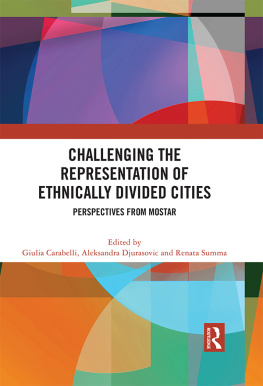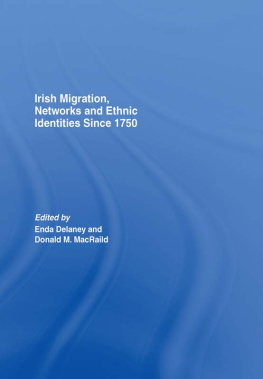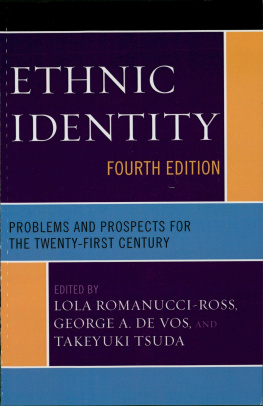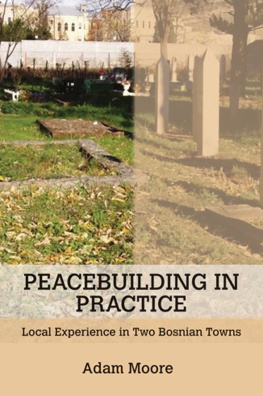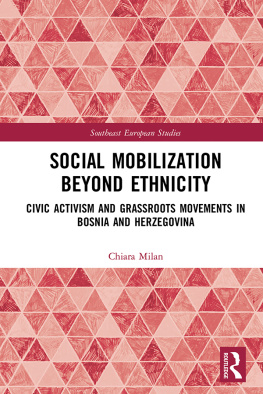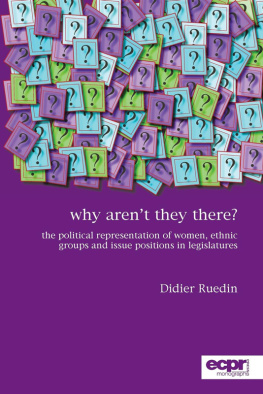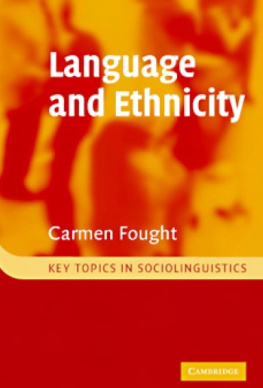1. Introduction
Since the end of the wars following the dissolution of the Socialist Federal Republic of Yugoslavia (SFRY), Mostar has become known as a divided city . After the wars, the two largest ethno-national communities, the Croat-Catholic and the Bosniak-Muslim, have resettled in two separate parts (the east and west sides) divided by a four-lane street, the Bulevar . Deeply divided societies such as Mostar are described as places where ethnic identity is strongly felt, behaviour based on ethnicity is normatively sanctioned, and ethnicity is often accompanied by hostility toward outgroups (Horowitz 1985, 7 quoted in Nagle , 137). Much has been written about Mostar as a divided citya place of conflict, segregation, and ethno-nationalisms. This book proposes to re-engage with the analysis of Mostar by considering practices and discourses that challenge these entrenched divisions.
I visited Mostar for the first time in 2005 with the UN Urbanism research project team. , 162). Inertia explains well the atmosphere I felt then in Mostar, the sense that doing nothing was safer because it ensured that nothing could get worse. And yet, this inertia translated into the understanding that change could still happen, if only by an external force. In fact, the international organisations that intervened to monitor the process of reconciliation and post-war reconstruction had been busy drafting protocols and guidelines suggesting the possibility for the two major communities at war to reconcile. But these were often rejected by local leaders, articulating lingering animosities. That is how, in 2004, the city had been reunified; after long unproductive talks and negotiations, an international imposition determined that it was time to move on and to reinstitute a unified city council even though there was little agreement on how the city would be managed.
When I returned to Mostar in December 2009, to conduct research for my doctoral project, the city was dealing with the legacy of that imposition. The sense of crisis was persistent. There were far fewer international officials and organisations because the majority had left to attend to other conflicts and wars. Those who remained had become even more uncertain about the possibility for a different future. It was cold, grey, and rainy; walking around the empty streets of Mostar I had the clear impression of being in a ghost town. At the time of my arrival, the city had been without an administration for over a year, with all reconstruction projects halted in the absence of an approved budget. Internationally authored statements, urging the local politicians to find a solution to the persistent crisis, testified to the growing global frustration and anger at the lack of progress in Mostar. If, with the ceasefire, Mostar became the laboratory for peace-building practices, after more than a decade it provided evidence for their failure. And the sense of living in a failed city had become part and parcel of its everyday life. Many times, confronted with the complicated bureaucratic system or the impossibility of accessing services, I heard people commenting that only here could this happen, the frustrated reminder of the impossibility of shaking away the permanent crisis. Yet, living in Mostar for one yearuntil November 2010gave me the opportunity to explore the city differently. I discovered the existence of grassroots organisations resisting ethno-national divisions that created pockets of unity in the divided city. By participating in the rhythms of everyday life, I became more and more aware of the difficulties involved in unravelling and making sense of ethno-national memberships, loyalties, and belongings, and the complex way such categories fused with spatial claims to power, sovereignty, and justice. In other words, living in Mostar made me realise that the representation of the city as the contested territory among two groups that live separately without engaging with each other is only one aspect of a much more complex story, which also needs to be told.
In 1983, Manuel Castells published The City and the Grassroots where he writes,
Urban history is a well-established discipline. Yet there is a great unknown in the historical record: citizens. We have, of course, descriptions of peoples lives, analysis of their culture, studies of their participation in the political conflicts that have characterized a particular city. But we know very little about peoples efforts to alter the course of urban evolution. There is some implicit assumption that technology, nature, economy, culture and power come together to form the city which is then imposed to its dwellers as given. To be sure, this had been the general case. [But] it is in our view that citizens have created cities. (Castells , 3)
This statement conveys the motives that pushed me to write this book, and whose title pays homage to Castells inspirational work. Whereas many accounts of Mostar have been written to assess the progress made in bringing peace, reconciliation, and democracy to the war-torn city, this book enquires into the everyday of the city, to understand how the urban space becomes divided and what it means for Mostar to be a divided city. In other words, this book considers how the citizens of Mostar navigate the city, make sense of it, and envision its future. In doing so, this book aims to shed light on the existence of small yet radical pockets of inclusion where people mix, cooperate, and socialise across ethno-national boundaries.
This book explores the formation of ethno-national identities spatially; it will account for how people move within the city, how they socialise, and how they use public space. As other scholars working in Mostar and, more generally, BiH, I too share the discomfort (Hromadi , 196). More importantly, all these narratives and stories of ethnic exclusion or inclusion are not consistent. Rather, the like or dislike of the ethnic other, projects of inclusivity and exclusivity, and internal mobility in the city often depend on the context and the audience of the conversation. Stereotypes of the ethnic other as the culprit of all evils are thus still present in daily conversations, especially when the need to place culpability for the many dysfunctionalities of the city must be satisfied. But then someone will most likely conclude that, all in all, we are all just people .
It is important to remember that ethnic groups have always existed and they were not created by the secession wars. Accordingly, one should avoid romanticising pre-war Mostar as the city of peace and tolerance in stark contrast to the post-war city of hatred and division. Differences based on ethnicity were always present, but what has changed is the articulation of these differences as motives for outright segregation and intolerance. In one of his latest articles, Stef Jansen (), author of some of the most eye-opening portraits of post-war BiH, reflects critically on his scholarship (and legacy), arguing that ethnographers in the region might have downplayed existing nationalist voices, or addressed them as a direct product of brainwashing campaigns initiated during the conflictarguments that somehow proved that people are not fomented by ancient, unsettled hatred, and thus rejecting essentialist/primordialist approaches. I interpret this as Jansens call to account for post-war BiH in all its complexities, by throwing light on both nationalist and antinationalist voices, which often coexist. This book was written with the opposite goal, that of making visible anti-nationalist practices in the city best-known for its nationalist voices. All in all, we both claim the need to challenge existing representations of post-war BiH to find the ways to portray complexities that often challenge entrenched binaries of division/unity, nationalism/anti-nationalism, conflict/solidarity. Of course, the book asks, in a country ruled by ethnic politics, is it possible to escape the logics of ethno-nationalism? And if this is possible, where do we search for resistance to entrenched patterns of division? If the political impasse in Mostar has become consistent with normal everyday life, how could movements countering the social injustice produced by spatial segregation possibly take place, and what would they look like? Jansen is addressing (mainly) ethnographers in this region to reflect on whether they might have been too lenient with nationalisms and why. This book embraces this call for a different reason. Mostar has been extensively analysed in terms of how its nationalisms dictate urban politics, but few have asked whether there is more to nationalism in Mostar than simply division and stasis. Indeed, existing processes of urban rebellion and movements against nationalism have been downplayedthey are too small, too short-lived, or too thinly populated to make them relevant. This book wishes to further a debate into the politics of representing Mostar (and BiH) to critically rethink how we understand notions of normalcy, identity, and ethnicity by embracing the very socio-political nuances engendered by the rhythms of everyday life. In short, the books aim to unsettle what we think we know about the city of Mostar.


